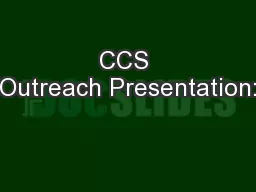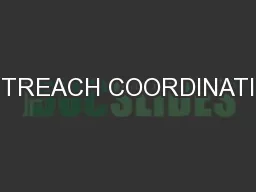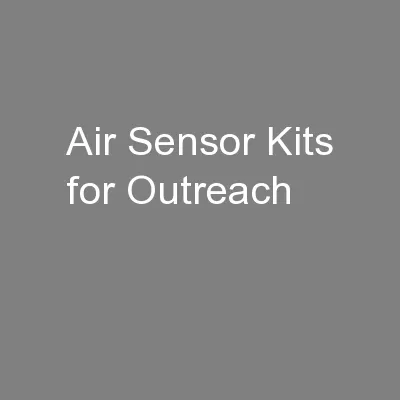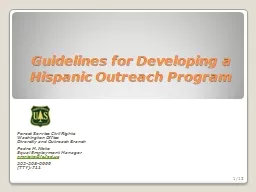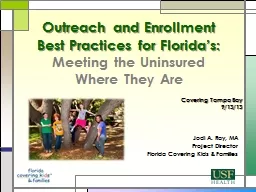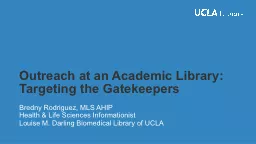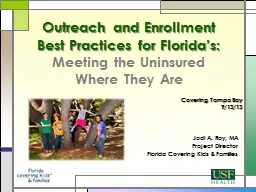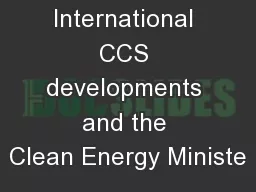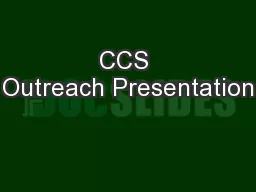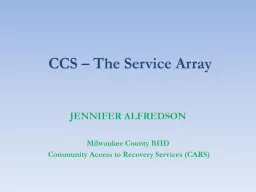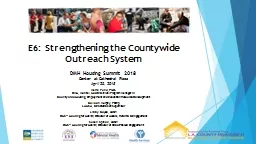PPT-CCS Outreach Presentation:
Author : min-jolicoeur | Published Date : 2017-07-31
CCS Medical Eligibility Section III Circulatory System to Accidents and NICU Criteria Last update 082016 by LA County CCS Department of Public Health Section
Presentation Embed Code
Download Presentation
Download Presentation The PPT/PDF document "CCS Outreach Presentation:" is the property of its rightful owner. Permission is granted to download and print the materials on this website for personal, non-commercial use only, and to display it on your personal computer provided you do not modify the materials and that you retain all copyright notices contained in the materials. By downloading content from our website, you accept the terms of this agreement.
CCS Outreach Presentation:: Transcript
Download Rules Of Document
"CCS Outreach Presentation:"The content belongs to its owner. You may download and print it for personal use, without modification, and keep all copyright notices. By downloading, you agree to these terms.
Related Documents

